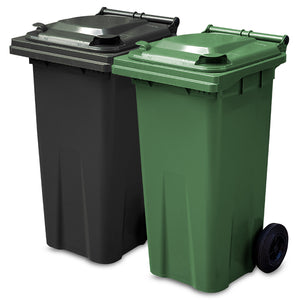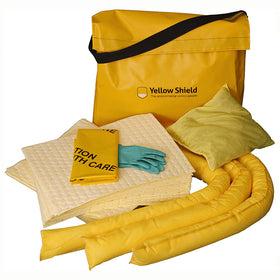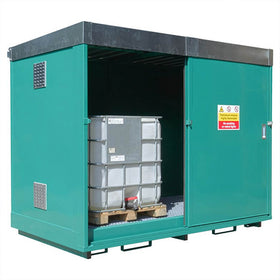The Future of Oil Spill Remediation?
Since the 1989 Exxon Valdez oil spill chemical dispersants have been the staple of oil remediation and were used widely in the BP Deepwater Horizon Spill in 2010. Their use has now come under scrutiny amid growing concerns over the toxicity of Corexit, and according to a recently published journal; ‘A Call for a Twenty-First Century Solution in Oil Spill Response’, top level officials in the industry will have to wean themselves off a “25 year addiction to chemical dispersants.”
Historically, major oil spills, such as the 2010 BP Gulf oil spill, often lead to a clamouring of scientists eager to discover innovative new methods for dealing with the absorption and reclamation of oil. In the last three years researchers have been taking advantage of breakthroughs in other areas of scientific study to apply them to the costly and difficult task of absorbing oil spills. Here is a selection of some of the most promising solutions.
Created by Chinese scientists at Zhejiang University, Carbon Graphene Aerogel is officially the world’s lightest material. Seven times lighter than air and weighing only 0.16 milligrams per cubic centimetre, the aerogel is capable of absorbing up to 900 times its own weight in oil at an extraordinary rate of 68 grams per second. This could potentially have widespread applications in the oil industry where the new technology could be used in cleaning up oil spills. Significantly, once the aerogel has reached maximum saturation it can be squeezed or even burnt to reclaim the oil and then reused to collect more oil from the affected area, ultimately reducing the cost of cleanup and salvaging potentially lost oil.
Traditionally booms and oil skimmers have been deployed at sea to deal with spills of oil. However, their effectiveness is greatly diminished when used in rough and windy seas or low visibility. So recognising this problem, the company Extreme Spill Technology went to work developing a new high-speed skimming vessel capable of operating in 3 metre waves, twice the height that conventional skimmers could work in. The vessels have undergone testing by the Canadian Coast Guard and the company now plans to roll the skimmers out worldwide.
A small company in Eastern Norway realised that as peat moss had astonishingly good absorbent properties it could be applied for other uses, such as absorbing oil on land and water. After conducting tests in conjunction with an outside agency they concluded that the efficacy of organic peat moss rivalled that of existing products already available on the market. In 2009 a severe oil spill on south-east coast of Norway gave the company the ideal opportunity to test out the peat moss absorbent on land, and was found to successfully absorb the oil. The company has since expanded upon the idea to use the peat as filler for absorbent socks and are now supplying fire brigades for use on minor incidents of oil and diesel spills.
Oil companies are already expanding their operations into unchartered territories by drilling deeper under the seabed than ever before and conducting exploratory drilling in the Arctic. Amid growing concerns over the safety and suitability of some chemical dispersants it is clear that emerging technologies will have a major role to play in the future of spill containment and remediation. If unparalleled environmental disasters are to be avoided, then the oil industry has a duty to invest in the research and development of remediation technologies at the same level that is currently provided for oil extraction.
www.yellowshield.co.uk



